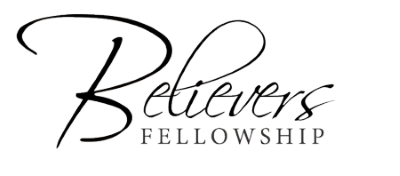The word “autopsy” comes from the Greek: seeing with one’s own eye. It has to do with dissecting and examining a dead body, often for determining the cause of death. Supposedly, the first public autopsy was performed in the year 1315.
During the Renaissance there was a renewed interest in human anatomy. Artists, in particular, were interested in musculature and bone structure to improve their sculptures and paintings. Leonardo da Vinci apparently performed thirty autopsies. Michelangelo later did the same thing. It turns out, however, that 1315 was not the first public autopsy; neither artists nor physicians were the first to do them. The first public autopsy was done by a man named James in the New Testament. He didn’t perform it on one person, but on lots of people. He didn’t perform it on the dead, but on the living.
If familiar with James, you know he doesn’t flinch from peeling back our skin and exposing what’s inside. He opens our soul. He probes our heart and attitudes. He pries open our mouth and pokes at that two ounce slab of muscle behind our teeth. He even goes so far as to dissect our faith. In fact, his best known analogy is essentially pathological: For just as the body without the spirit is dead, so faith without works is dead. (James 2:26)
In other words, the central concern of James is that followers of Jesus have a vital, living faith; a faith that is evident in the way we love God and love others; a living faith that influences all of our relationships and circumstances in life.
Starting this week, we begin a four-month study in the Book of James. Fair warning, James is not for the faint of heart. You need a strong stomach and stiff constitution, because studying James is like watching an autopsy, except you are watching it on yourself.


0 Comments